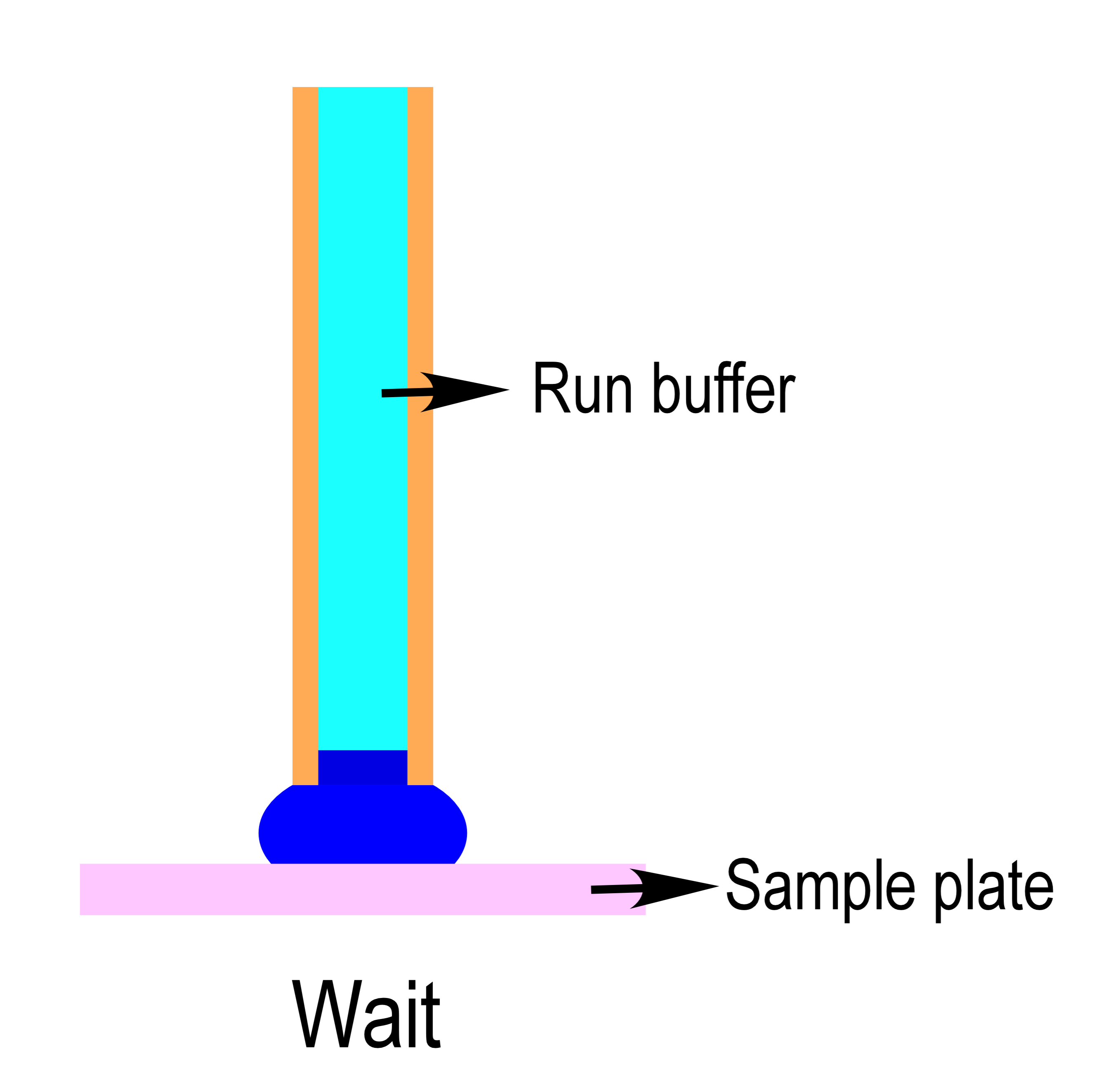|
Capillary electrophoresis (CE) is well suited for the analysis of analytes in aqueous solutions. But it is not easy to analyze a solid sample with CE since labor-intensive sample pretreatment processes are required. For example, a solid sample should be grounded, homogenized, centrifuged, extracted into an organic solvent, and then reconstituted into an aqueous solution suitable for CE. So we used liquid extraction surface analysis (LESA) that extracts chemicals on the surface of various solid samples without any sample pretreatment.
Dried analytes doped on a surface were directly extracted to a hanging drop of acceptor at the inlet tip of a capillary. After extraction, a small volume of acceptor was injected into the capillary and analyzed by a commercial CE instrument. LESA-CE was used to determine three species of insecticides, chlorantraniliprole, kresoxim-methyl, and pyraclostrobin. The U.S. Environmental Protection Agency (EPA) limits the allowable amounts of the insecticides to 1.2 ppm, 0.5 ppm, and 1.5 ppm respectively. For these water-insoluble analytes, micellar capillary electrophoresis (MEKC) was used and an on-line stacking method, analyte focusing by micelle collapse (AFMC) was combined to enhance the sensitivity. These three pesticides doped on sample plate were extracted with the inlet of a capillary and analyze directly with CE. Several parameters such as the condition of AFMC-MEKC, composition of an acceptor, extraction time were optimized. The limits of detection (LODs) of LESA-AFMC-MEKC were 150, 100, and 50 ppb, respectively. Thus LESA-CE is a simple, sensitive and more rapid method for the analysis solid surface analytes without any pretreatment processes required for conventional analysis methods. The developed LESA-CE of high spatial resolution and immediate quantification ability is promising for the analysis of biological surfaces of cells and tissue, or even technical surfaces.
|

|
 121st General Meeting of the KCS
121st General Meeting of the KCS
 121st General Meeting of the KCS
121st General Meeting of the KCS